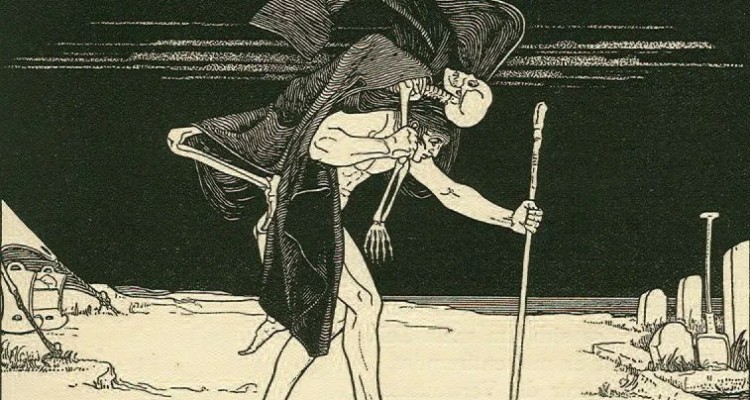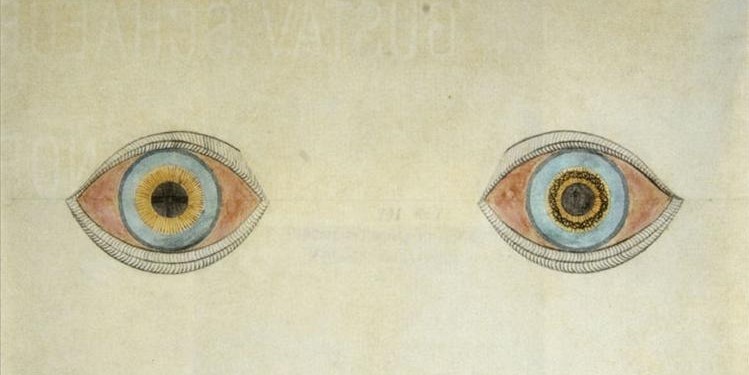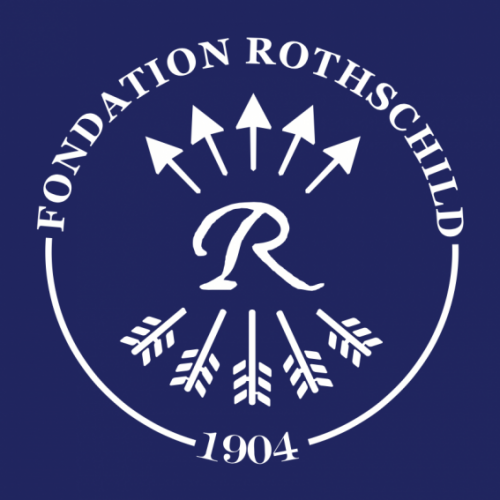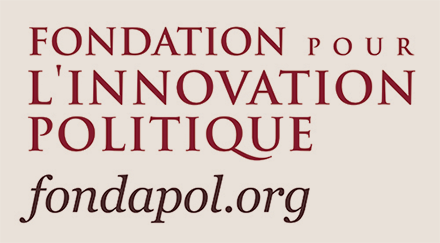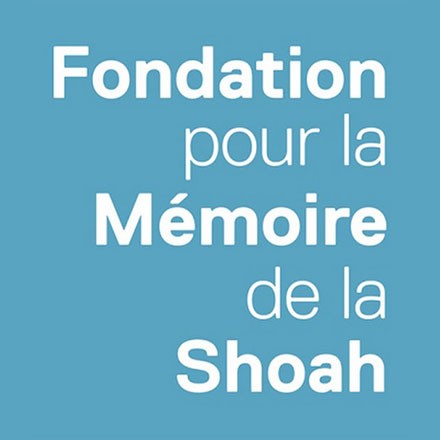Reactions to last week’s Jew-hunt in Amsterdam are hardly surprising. The match pitted well-trained players against each other, masterfully rehearsing a now perfectly integrated game plan. On the left of the pitch, the focus was on minimizing or denying the antisemitic nature of the events, reducing the situation to a brawl between hooligans, or even portraying the well-orchestrated outburst of violence as a legitimate reaction to the racist provocations of certain Israeli fans. On the right, Netanyahu once again forces the comparison by evoking Kristallnacht, his outrage invisibilizing the fact that this is not state-sponsored antisemitism, but a pathology secreted by today’s European societies. His rhetoric is in line with that of the reactionary forces of Europe, always quick to take advantage of any opportunity to howl at the invasion of migrants, and to pretend that Islamists are imposing their law on Europe. In truth, it’s something quite different, which both the far right and the far left are careful not to think about. The event therefore allowed everyone to find their position, without any gain in reflexivity.
Yet there was enough novelty here to offer food for thought, if only insofar as the event came to question the contours of Europe: what was played out in the streets of Amsterdam last Thursday night, was it a home match, or an away one? For years, it has been said that the Israeli-Palestinian or Israeli-Arab conflict should not be allowed to interfere in the internal political life of Europeans. That it would be an illegitimate and dangerous import. But how can we fail to see that this scene of Jew-hunting is an act of the conflict’s entanglement with our political reality, since it obeyed a classically European choreography?
For the Muslim immigrants who hunted down the Jews did so not in the manner of non-native elements, but in the purest tradition of the European pogrom. In fact, they felt so entitled and so “at home” that they did not hesitate to use state control mechanisms, checking passports to identify Jews. As for the latter, being Israeli on this occasion did not protect them from a typically diasporic experience, the very one that gives the Zionist project its justification.
Here, we must not obscure reality on the grounds that it is unpleasant. Some Jews, Israelis and others, have effectively forgotten the significance of the minority status of European Jews, and its implications in terms of attachment to the law and the defense of minorities. What better proof of the existence of what Bruno Karsenti calls the “Jews committed to force”, and of what it implies in terms of the repression of the European experience, than the fact that Jews can feel so “at home” in Europe that they feel authorized to adopt a provocative and assertive attitude, to flaunt a crass nationalism and racism? Paradoxically, as they distance themselves from European Jewish consciousness, their rhetoric and actions become indistinguishable from those of European reactionaries. We need to be able to denounce them outright, to criticize them in the name of that European Jewish condition they have forgotten. Only then can we clearly condemn attempts to justify the hunting of Jews by the provocations of a minority of agitators. They are, after all, nothing more than the reactivation of an old European thought pattern: seeing the very existence of Jews as a provocation.
The text by Henriette Asséo and Claudia Moatti that we are publishing this week is surprisingly topical in the wake of the events in Amsterdam. For the paradoxes in the aftermath of October 7 that these two great historians identify and analyze are clearly in evidence: how is it that antisemitic violence fuels antisemitic hatred throughout the world? Why does part of the left describe reactionary, antisemitic movements as progressive and anti-fascist? And above all, what explains the apparent difficulty of the European conscience to name and fight against what denies its most fundamental principles?
In a different vein, our second text of the week looks at the influence of Jewish fantasy on cinema, although this too is a question of strange repetitions and spectres of European memory. On the occasion of the mahJ exhibition “The dybbuk. Phantom of the lost world” (until January 26), David Haziza examines the cinematic posterity of this creature of popular Jewish culture. What do these wandering souls that come to possess the living tell us?
To close this issue, we are re-sharing two short pieces by our esteemed collaborator Karl Kraus: “Matters viewed (Jewishly)”. Unfortunately, stupidity never takes a vacation, so he had to stay on the ball and spend the summer tracking it down, even in the scribbles of a bad joker. But this need to stay on the lookout, this impossibility of letting the mind take a vacation in a world that seems to know only the logic of the worst, is tiring. In this fatigue, everyone can easily recognize themselves.

